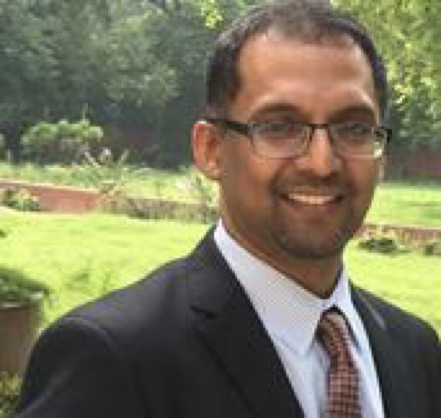Pulmonary Rehabilitation Needs PR: Global Insights
By: Dr. Sai Praveen Haranath
March 13, 2019
Pulmonary rehabilitation (PR) is a comprehensive intervention based on a detailed patient evaluation, followed by a patient-centered program designed to educate patients, alleviate symptoms, and enhance adherence to a healthy lifestyle. The prototypical disease where PR has been beneficial is COPD, but individuals with other chronic respiratory illness (such as bronchiectasis, cystic fibrosis, interstitial lung disease, pulmonary hypertension, and even lung cancer) have shown benefits. The advantages of undergoing a course of PR include increased walking distance, endurance, and improved fatigue.
Recent work has shown that PR that is maintained at a lower frequency after an initial intensive phase shows sustained benefits. There are examples of telerehabilitation that have proven effectiveness and overcome the barriers of distance that keeps many patients away (Physiother Can. 2016;68[3]:242-251).
Awareness of PR is unfortunately not adequate, and this is where we may need a more public approach to popularizing this relatively low-cost but effective intervention. In a study from India, only 25% of COPD patients were aware of pulmonary rehabilitation [Lung India. 2014; 31[2]:134-138). The challenges to developing a PR program in low-resource but high-burden countries have been well summarized in an editorial (Indian J Chest Dis Allied Sci. 2016;58:89-91]. In a study published in 2018 (Cureus. 2018; 10[11]:e3664), it was shown that patients with chronic lung impairment post tuberculosis treatment had objective improvement in several parameters after a course of PR.
Awareness of PR is unfortunately not adequate, and this is where we may need a more public approach to popularizing this relatively low-cost but effective intervention.
Pulmonary rehabilitation in some studies has shown a mortality benefit (
Respir Res. 2005;8[6]:54). The quality-of-life benefits have been more consistently seen in various studies. Funding has remained a challenge even in mature economies—only 3% of Medicare beneficiaries receive PR. Patients often are reluctant to continue in PR programs due to the sheer hassle and effort of getting to the PR location.
Given these challenges I feel that there is a need for a significant campaign to create awareness about PR among both patients and their physicians. I would propose that rather than facing roadblocks due to space and funding constraints, an existing wellness program that may be hospital or community based could be repurposed toward a PR program.
The lack of celebrity supporters for PR, unlike other diseases, perhaps needs to be fixed. There are several well-known personalities who have COPD. With millions of individuals who do not even know about PR, it would be great to create a program that involved famous people. Popular memories are transient in this digital age, and any effort at promoting PR will have to adapt to changing landscapes of payment sources as well as “convenience” technologies. Using a home-based tablet to do a few exercises is probably much more likely to have compliance than a hospital-based program.
Ultimately, whether a person with COPD is in Indiana or India, they may have disabling dyspnea. It behooves us as caring providers to take an extra step toward fixing the problem of lack of PR for PR. Let’s enroll patients’ families in ensuring their loved ones get the benefits of rehabilitation. We must be the champions for our patients—we are after all the heroes in their eyes and minds. As pulmonary rehabilitation week is recognized this March 10 to 16, let’s follow the theme for this year and “exercise your right to breathe.”
Each step a marathon,
Every breath critical to carry on,
Can rehab relieve is the question at hand
And when the evidence says so,
Let’s stop saying no
 Sai Praveen Haranath is a pulmonary and critical care specialist working in Apollo Hospitals; Hyderabad, India. He worked and trained in the United States and is currently involved in tele-ICU for India and the United States. He also practices pulmonology with a focus on bringing global best practices to India in diverse areas such as obstructive lung disease, tobacco control, and pulmonary rehabilitation. As Vice-Chair for the Council of Global Governors, he is involved in ensuring CHEST impacts patient lung health positively around the world.
Sai Praveen Haranath is a pulmonary and critical care specialist working in Apollo Hospitals; Hyderabad, India. He worked and trained in the United States and is currently involved in tele-ICU for India and the United States. He also practices pulmonology with a focus on bringing global best practices to India in diverse areas such as obstructive lung disease, tobacco control, and pulmonary rehabilitation. As Vice-Chair for the Council of Global Governors, he is involved in ensuring CHEST impacts patient lung health positively around the world.